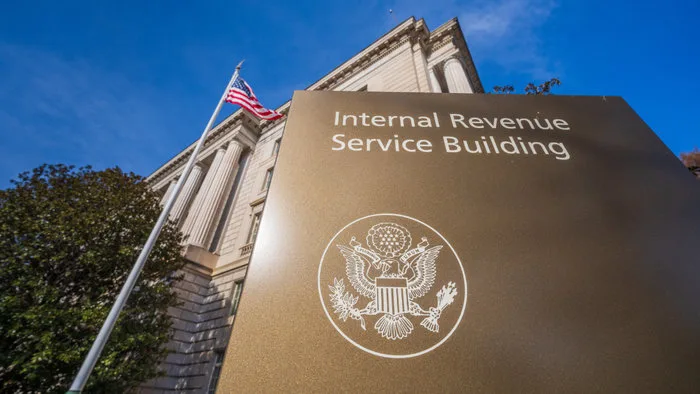By Tom Ozimek
Americans will be able to put more money into their 401(k)s next year after the IRS on Nov. 13 announced higher contribution and income limits for 2026, reflecting annual cost-of-living adjustments tied to inflation.
In new guidance, the agency said the maximum amount workers can contribute to a 401(k), 403(b), most 457 plans, or the federal Thrift Savings Plan will rise to $24,500 in 2026, up from $23,500 this year.
The IRS said the increases are part of a broad package of adjustments affecting retirement accounts, pension plans, and eligibility thresholds for related tax benefits.
The annual contribution limit for Individual Retirement Accounts (IRAs) will increase as well, rising to $7,500 from $7,000.
Older workers will see additional room to save: the IRA “catch-up” contribution for people age 50 and over—now adjusted annually under the SECURE 2.0 Act—will increase to $1,100, up from $1,000.
For workplace retirement plans, the catch-up limit for individuals aged 50 and older will rise to $8,000, allowing older participants to put away as much as $32,500 in 2026.
A separate higher catch-up category for workers aged 60 to 63, created under SECURE 2.0, remains unchanged at $11,250 next year.
The agency also raised the income thresholds that determine whether taxpayers qualify for certain retirement-related tax advantages.
These include whether contributions to a traditional IRA are deductible and whether taxpayers may contribute to a Roth IRA.
For traditional IRAs, the phase-out ranges will increase modestly across filing categories.
Single filers covered by a workplace retirement plan will see their deductible IRA eligibility phase out between $81,000 and $91,000 in 2026, an increase of $2,000 from this year.
Married couples filing jointly, where the IRA contributor is covered by a workplace plan, will face a phase-out range between $129,000 and $149,000, up $3,000 from current levels.
Couples where only one spouse is covered will have a phase-out between $242,000 and $252,000, an increase from between $236,000 and $246,000 for 2025.
The phase-out for married individuals filing separately remains unchanged at zero dollars up to $10,000.
Roth IRA income limits will also rise.
Singles and heads of household will see the contribution phase-out range shift to $153,000–$168,000, while married couples filing jointly will face a range of $242,000–$252,000.
The limit for married people filing separately remains at zero dollars up to $10,000.
Workers using the Savings Incentive Match Plan for Employees (SIMPLE) retirement accounts will gain slightly more room as well.
The contribution cap for SIMPLE plans will increase to $17,000, with a higher tier—available to certain plans under SECURE 2.0—rising to $18,100.
Catch-up limits for SIMPLE plans will increase to $4,000 for most participants aged 50 and older, up from $3,500 this year.
The income thresholds for claiming the Saver’s Credit, which offers a tax benefit to low and moderate-income workers who contribute to retirement accounts, will rise in 2026.
Married couples filing jointly will become ineligible at $80,500, up from $79,000.
The limit will rise to $60,375 for heads of household and $40,250 for single filers.
The IRS also announced changes affecting defined benefit pensions, employer contribution caps, and several technical thresholds used in pension administration.
Among the largest changes is that the maximum annual benefit payable under a traditional pension plan will increase to $290,000, and the overall contribution limit for defined contribution plans—including employer contributions—will rise to $72,000.
The IRS’s inflation-related increases come as other major federal programs also adjust their benefit levels for 2026.
On Oct. 24, the Social Security Administration announced a 2.8 percent cost-of-living adjustment (COLA) for next year, raising monthly benefits for approximately 75 million Americans.
While the 2.8 percent increase is slightly above last year’s 2.5 percent adjustment, senior advocates say it still lags behind real-world living costs for older Americans, especially in health care and housing.





